This is last in a four-part series of articles on this subject, somewhat separated from the other three by time, because of COVID. Links to the first parts are at the bottom.
In searching for a new way of creating natural, non-irrigated landscapes in the Middle East, I have already shared how certain species, often non-native, will regenerate on abandoned brown-field sites across the Middle East; my personal experience is from observations in the UAE but I suspect this holds true across most of the region. I have suggested that to recreate such unirrigated landscapes (xeriscapes), designed with conscious intent, we must seed them, rather than plant. That sounds simple, but is actually quite complex and reveals yawning gaps in design and horticultural knowledge, as well as seed supply. So how could we rectify that?
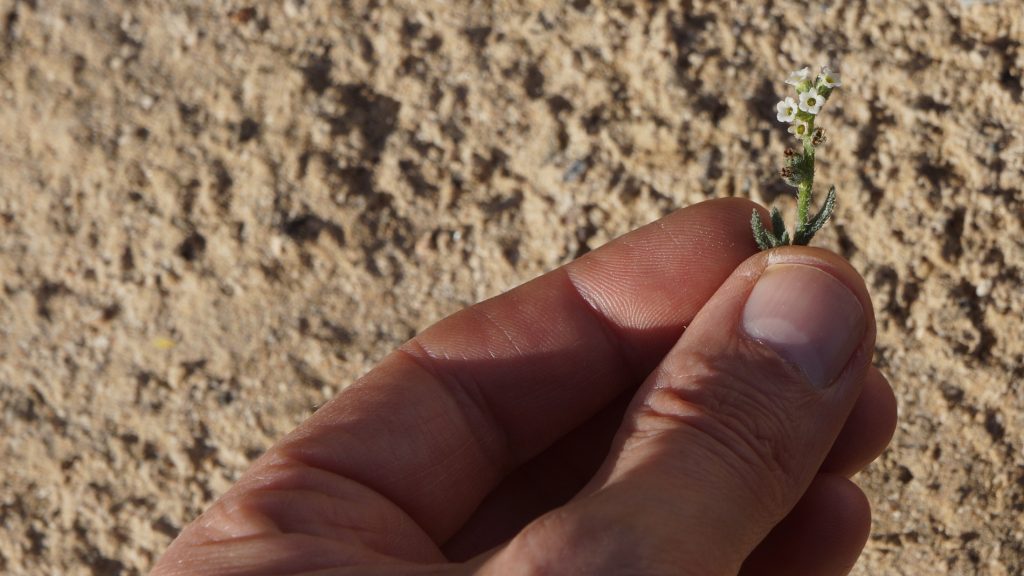
I think the UAE in particular needs a place of horticultural learning, but I don’t mean just a conventional horticultural college (though it needs that too), but a place to test and learn new things. Perhaps that would be a botanic garden, but one focused on future adaptation rather than what is or was; seed collection is generally part of the remit of such places. There was one being designed in Sharjah, but I understand that is not going ahead, which is a great shame. Such knowledge is desperately lacking in the region. It is also true that the UAE needs much greater horticultural and arboricultural knowledge and practice, to advance all standards and methods of care. However, to achieve what I propose, such a place would have to first study, trial and learn, then disseminate new techniques.
There is a huge volume of knowledge needed, of soils, species, of seed gathering and storage, seeding trials and combinations and of how to design, create and then manage such landscapes. The one thing we have to realise, is that this approach is contrary to pretty much all conventional landscape and horticulture conventions and practice. In fact, the best place we can look for inspiration and instruction is in permaculture (see Greening the Desert) and regenerative agroforestry. Such practices are gradually moving from the fringe into mainstream thinking, for one simple reason: they deliver results with relatively low inputs. The principle difference here is that we are focussed upon novel ecology building, rather than food production. That doesn’t mean there wouldn’t be food produced, or other useful products.
The “dream team” that might be assembled to carry out such work, might include:
- Soil scientist/microbiologist
- Hydrologist
- Botanist
- Permaculturalist/regenerative agroforester
- Ecological landscape designer
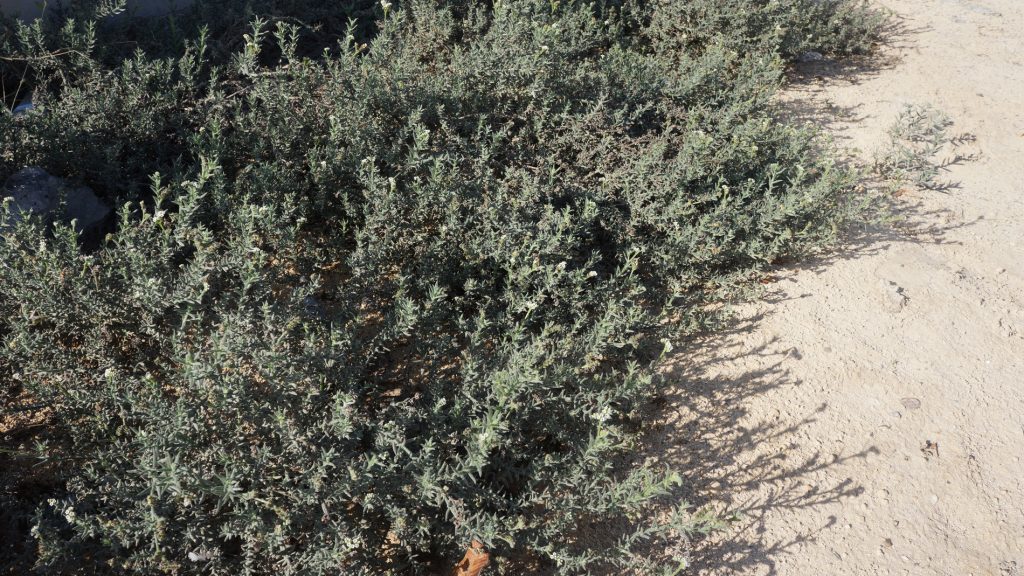
To me this is exciting and a combination all these elements would emerge as a new land-management practice that could be utilised in many parts of the world. It is the Middle East and other arid regions who need this the most; if through the effects of climate change the native flora should fail as the environment becomes ever more hostile, what will replace them? We need to tip the balance towards resilience first, then regenerative ecosystems. As wet-bulb temperatures threaten to reach the 35°C and make the Middle east uninhabitable, we need to employ the benefits of evaporative cooling on a massive scale.
So how do we design such landscapes? First, we should see this as the creation of novel ecosystems: new, functioning ecologies that serve the needs of the moment and are adapted and will continue to adapt, to changing climatic conditions. As such, they will be a mix of natives and non-natives, even some plants labelled “invasive”. The key to this system is long-term development and management as a resource. In my last article (third in this series) I looked at the effects and benefits of coppicing as a system of management, a source of mulch materials and so the generation of fertile and water-retentive soils. Such landscapes, created en masse (think of green corridors surrounding cites for hundreds of miles) would have a major beneficial effect in mitigating the heating effects of climate change, moderating dust storms and absorbing the occasional but problematic flooding from rainstorms.
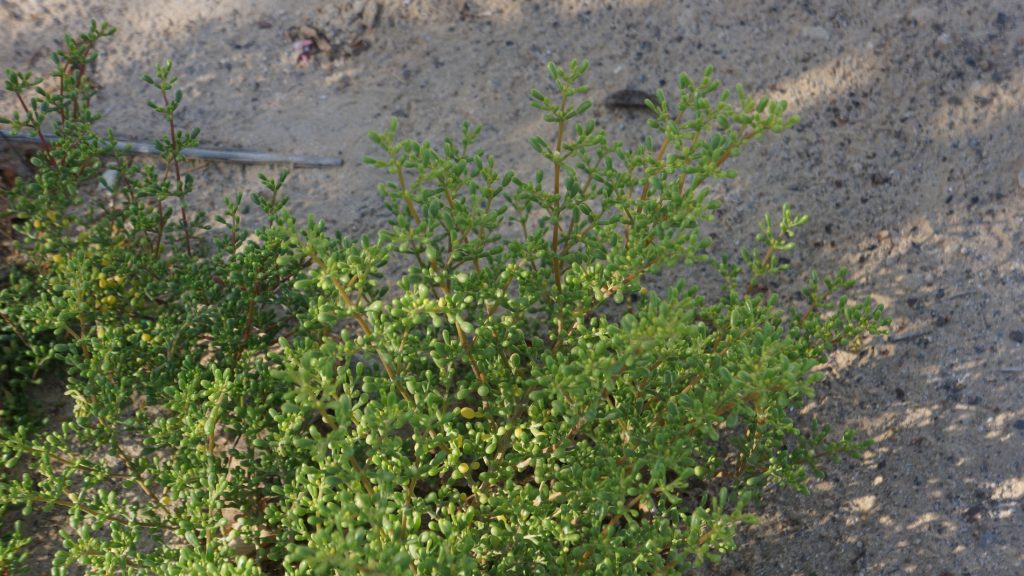
Next, we have to understand the nature and habit of the particular piece of land we are dealing with. Key to success is the capturing of whatever rainfall there is (as mentioned above, even Dubai has rain – and occasional floods). We need to encourage and enhance the capture and retention of this rainfall with the use of contoured swales, heavily mulched. Even small changes in elevation create micro-climate and a plant’s success may be favoured by a few inches of contour. We also need to maximise the soil’s ability to retain that water with the addition of soil ameliorants and organic matter (the aforementioned mulch). We might band the planting into ribbons that follow these swale contours, and choose different plants in different bands. It is at the transition between different eco-zones that we get the greatest diversity of species, both flora and fauna. It is possible that if carried out on a large enough scale, such landscapes might have a benign effect on the local hydrology, even inducing rainfall. Whatever the potential, this needs serious effort and resources to implement and that implies government backing. Pilot schemes could be carried out though, on a small scale, with the backing of ecologically aware business and/or philanthropists. I’d love to have some conversations!
This concludes my series and my thoughts so far. As an observer and some-time participant in aspects of landscapes of the Middle East (particularly trees). I may be very wide of the mark here, or I may just have spotted something that hasn’t yet been thought about. What I do know is that the ME region will desperately need to create ecological resilience and buffers if it is to remain habitable over the next 100 years.
The first three articles in this series are below:
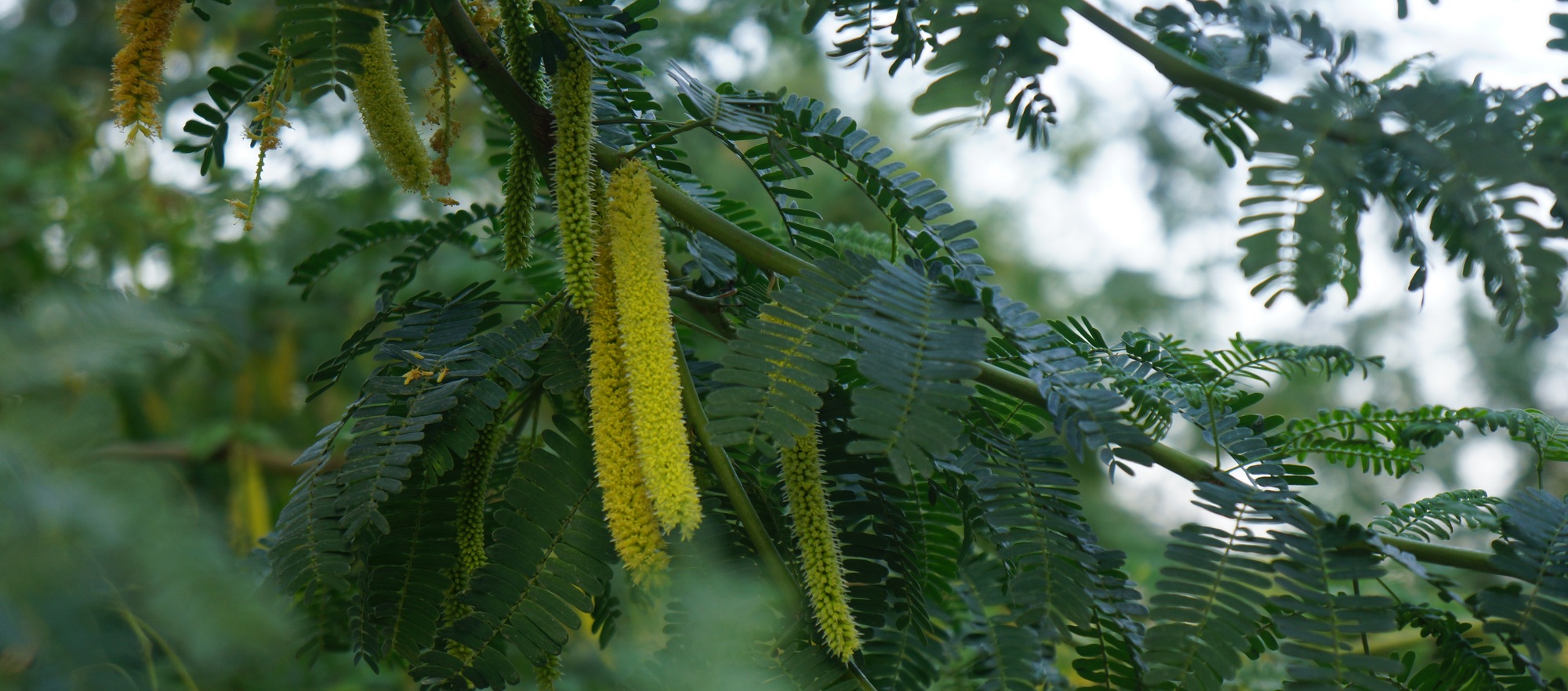
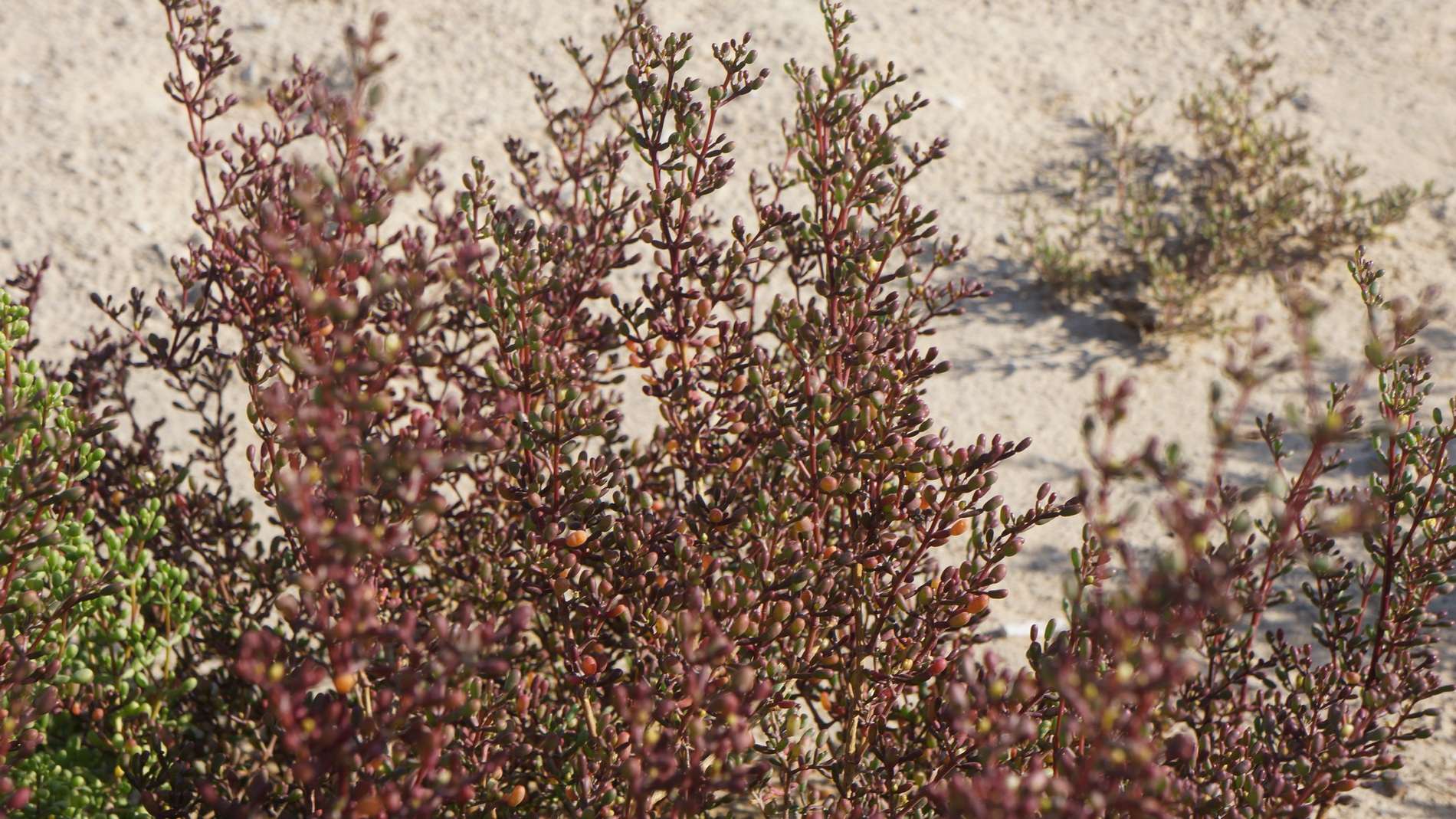
Excellent article. I agree totally that permaculture is the methodology of resilience and climate adaptation.
‘Observe and interact’ is its first principle, and not only in xeriscapes.
Excellent article, Mark.
Have you been involved with Syntropic Farming? It is being trialled at La Loma Viva permaculture farm in Andalucia–summer temperatures above 40 deg C.
Lot’s of great food for thought here, Mark.
There is unfortunately a mismatch between these lofty ambitions and the general appetite for these practices, which is quite a radical leap a few steps forward. It’s one I am fully onboard with…
A lot of it is rooted in unfamiliarity, appetite for risk, desire for instant greening, patience, amongst other challenges.
Identifying a few clients that will allow, and trust, the process of testing these ideas (at any scale – depending on what your objectives are) is going to be key to breaking through these barriers initially.
The Greening the Sinai project will certainly be employing some of these ideas, if it takes off fully.
Personally my focus is winning over a few residential Clients to this way of thinking so these ideas can gain some social momentum and credibility.
It would be great to realise these ideas in the UAE as there is so much potential for a major paradigm shift.
That’s my 2 cents.
Keep us posted on your progress, and good luck!
Thanks Will, for the comments. Hopefully something will happen, somewhere, sometime soon to test these ideas!
Thank you for brilliant blog!